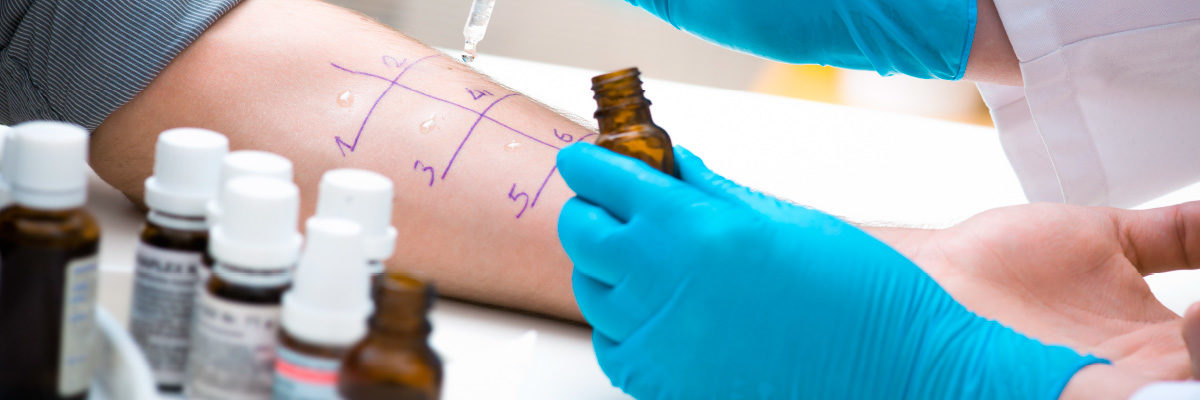

MONDAY, March 11, 2024 (HealthDay News) -- Slicing some fresh limes for that margarita savored in the sun could be a bad combo for some people's skin, dermatologists warn.
Folks can break out in what are nicknamed "margarita rashes" if they are skin-sensitive to certain fruits or vegetables and then get sun exposure soon after. The medical term for these outbreaks is photocontact dermatitis.
“Sun sensitivity is a common condition that can negatively impact a person’s quality of life,” said board-certified dermatologist Dr. Brandon Adler, an assistant professor of dermatology at Keck School of Medicine at the University of Southern California in Los Angeles. He spoke about the issue on Friday during the American Academy of Dermatology’s annual meeting.
Handling produce such as lime, figs and celery or coming into contact with plants like hogweed and St. John’s wort can set some folks up for photocontact dermatitis.
For other people, medicines -- taken either by mouth or applied to the skin -- can help spur skin reactions, Adler explained. A medicinal cream might only cause a rash where it was applied, but a pill taken by mouth might bring on a rash that breaks out all over the body after sun exposure.
Typical photocontact rashes occur in areas most exposed to sun -- face, neck, arms or legs, Adler said.
“While we will often prescribe anti-inflammatory medications to treat photocontact dermatitis, the primary treatment is identifying and avoiding the irritant or allergen,” he noted in a meeting news release. “In many cases these are reversible reactions, so if the patient stops using the substance causing the reaction, then they will stop having symptoms and won’t need ongoing treatment.”
It used to be thought that only people with lighter skin tones needed to worry about photocontact dermatitis; that's no longer true after research showed darker-skinned people are also at risk.
In fact, people with darker skin tones can be susceptible to two types of photosensitivities. These are polymorphous light eruption (PMLE), which causes tiny bumps or rashes to come and go with sun exposure, and chronic actinic dermatitis, which triggers year-round rashes affecting the sun-exposed parts of the body due to light sensitivity.
The same advice that experts give to protect against skin cancer -- seek shade, wear sun-protective clothing and apply a broad-spectrum, water-resistant sunscreen with an SPF of 30 or higher -- applies to people at risk of photosensitive rashes, Adler said.
“If you notice a rash or blistering on your body after being in the sun, it’s important to see a board-certified dermatologist, who can determine whether you have a sun-related skin disorder,” said Adler. “No two patients are the same. A board-certified dermatologist can determine what is causing your sun sensitivity and provide a treatment option that works best for your condition.”
More information
Derm.net has more on photocontact dermatitis.
SOURCE: American Academy of Dermatology, news release, March 8, 2024
Could Inhaling a Statin Help Ease Asthma, COPD?
Know Your Spring Allergens and the Meds That Can Help
Is It Allergies or Sinusitis? Many Folks Are Misdiagnosed